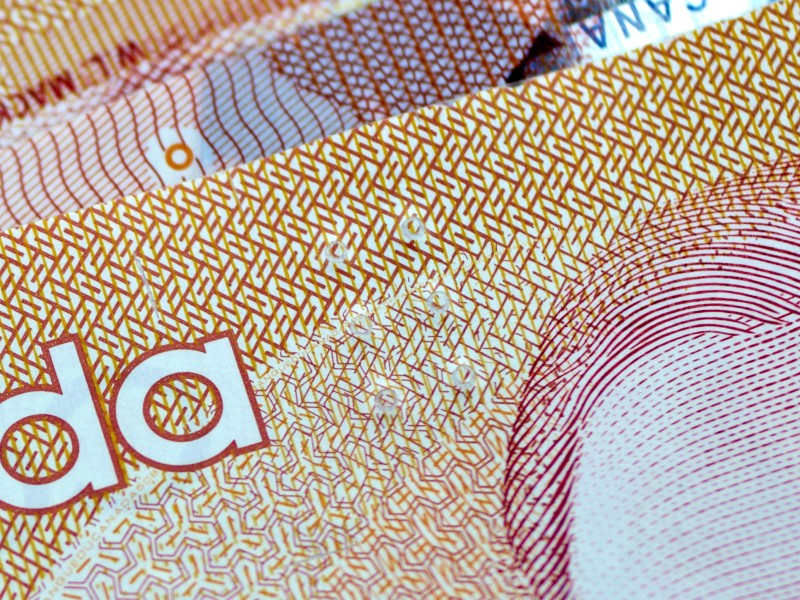

Via Rail’s defined benefit plan is maturing, with about 70 per cent of liabilities tied to retirees or deferred members.
To adapt to this changing demographic trend in the current interest rate environment, the plan has changed its investment approach and doubled its allocations to cash, says François Quinty, director of investment management at Via Rail.
Understanding Via Rail’s pension structure
Via Rail has multiple pension plans. For legacy members, thare are two DB plans, a unionized plan that’s still open to some employees and a non-unionized plan that’s closed to new hires. For new members, there’s a DC plan for non-unionized employees and a hybrid for most unionized employees.
The multiple DB plan investments are managed through a master trust, so all assets are pooled together.
Currently, the plan’s asset breakdown is:
-Four per cent cash
-28 per cent Canadian long nominal bonds
-15 per cent Canadian real return bonds
-35 per cent public equities
-18 per cent alternatives
“Liquidity is a concern, so what we did this year is to increase the amount of cash that we have in the plan so that we’re able, if the market environment deteriorates meaningfully, to not be forced sellers of assets that have gone down in value but to instead tap that cash buffer, which by the policy is now at four per cent. So that buys us, right now, almost a full year of being able to wait for markets to recover before we sell assets at a loss,” says Quinty.
Increasing allocations to cash
The plan changed its policy this year to allow for a four per cent allocation to cash, doubling its previous allocation. The reasons included the plan’s cash-flow negative status, concerns with long-duration fixed income and the fact it can now make returns from cash.
With an aging base of members, Via Rail’s closed DB plan is cash-flow negative. More specifically, the plan is about 4.5 per cent cash-flow negative this year, and the organization expects this drop to negative five or six per cent by 2020, says Quinty.
Another reason the plan increased its allocation to cash is the concern about losing money on long-duration fixed income in the current environment.
“We’ve actually increased cash to the detriment of long bonds this year, which was partly tied with increasing maturity profile, but also that concern that we may lose money on our long-duration fixed income.”
A final reason for increasing the allocation to cash is that it’ is now possible to earn return on cash, which was not the case for a very long time, says Quinty.
“We’re actually looking at new ways of trying to generate some performance, and we’re in the midst of funding some bank deposits within the pension plan, which would generate more than a traditional money market fund.”
Next steps as the plan continues to mature
Although many plans, including Via Rail, are in surplus, Quinty says he fears those days will soon be gone, with funding deficits potentially coming back at some point. So as the retirees continue to age and fewer active members contribute to the plan, he foresees there may be more changes to the plan’s investment approach in the future.
